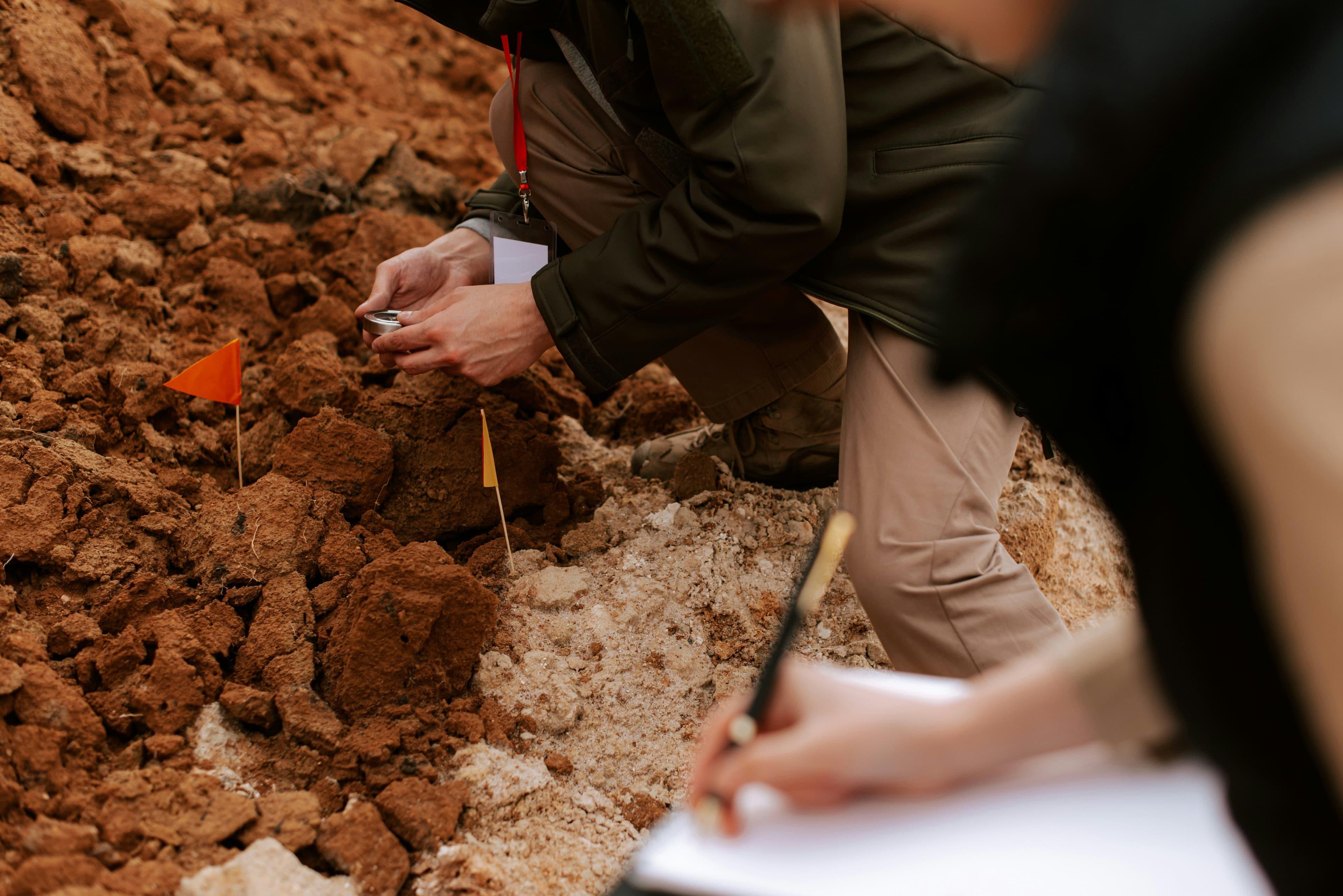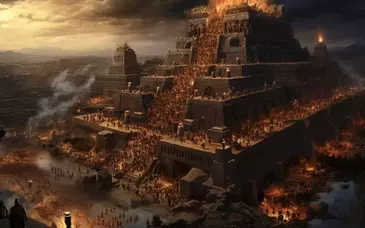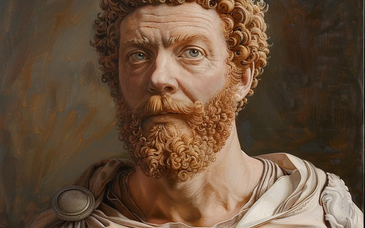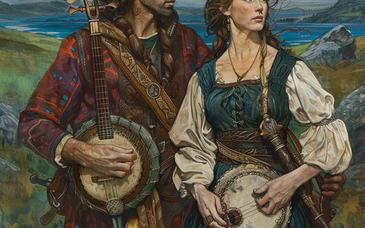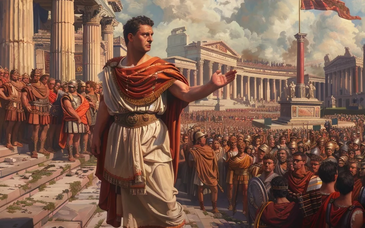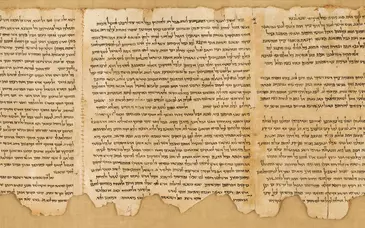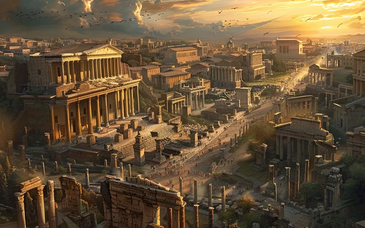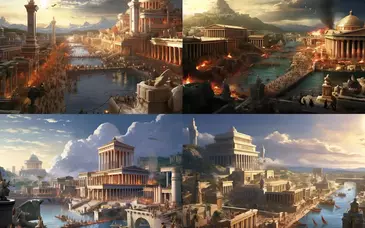Archaeologists in Luxembourg have discovered a remarkable hoard of Roman gold coins dating back around 1,600 years. The collection, featuring the portraits of nine Roman emperors from the fourth and fifth centuries C.E., includes three particularly rare coins depicting Eugenius, a short-lived and illegitimate ruler of the Western Roman Empire.
According to Luxembourg’s National Institute for Archaeological Research (INRA), the treasure was unearthed at an archaeological site in Holzthum, a northern village in the country. The discovery was initially sparked in 2019 when amateur metal detectorists found coins in the area. This led to a professional excavation from 2020 to 2024, conducted with the help of Luxembourg’s Army Mine Action Service due to the presence of World War II-era munitions.
The excavation revealed a total of 141 gold coins, valued at approximately €308,600 (about $322,000). Researchers also uncovered remnants of a structure believed to have been a burgus, a small Roman fortress or watchtower. Most of the coins are solidi, a gold currency introduced in the fourth century C.E.
“This represents a significant accumulation of wealth,” says Rebecca Usherwood, a historian at Trinity College Dublin, in an interview with the Daily Express. “Most Romans would have never seen a single gold coin, let alone this many. The owner was likely a person of high social status, possibly a military officer rather than an ordinary soldier.”
The coins date back to a period known as the Later Roman Empire, which saw the transition of Rome to Christianity following Emperor Constantine I’s conversion in 313 C.E. This era also marked the empire’s waning influence in regions like modern-day Luxembourg, Germany, and France.
Usherwood explains that the hoard was found in an area that had been thriving in the early fourth century but faced increasing threats from Germanic invasions by the early fifth century. She suggests the owner of the coins may have buried them due to the instability of the time.
“They may have planned to return but were prevented by conflict,” she says. “It’s likely they died before reclaiming their fortune.”
Among the rarest coins are three depicting Emperor Eugenius, a former rhetoric professor who ruled from 392 to 394 C.E. After the mysterious death of Emperor Valentinian II, Eugenius was declared ruler by a military general. However, his reign was short-lived, as Theodosius I, the Eastern Roman emperor, opposed him and waged war, ultimately leading to Eugenius’ death in battle. Due to his brief time in power, coins bearing his image are exceptionally rare.
With the excavation now complete, researchers are analyzing their findings in a laboratory. The results will eventually be published in a scientific journal.
“It will take time to fully examine the site and artifacts,” says Luxembourg’s culture minister, Eric Thill, in a statement. “But this discovery will undoubtedly deepen our understanding of the final years of the Western Roman Empire.”
